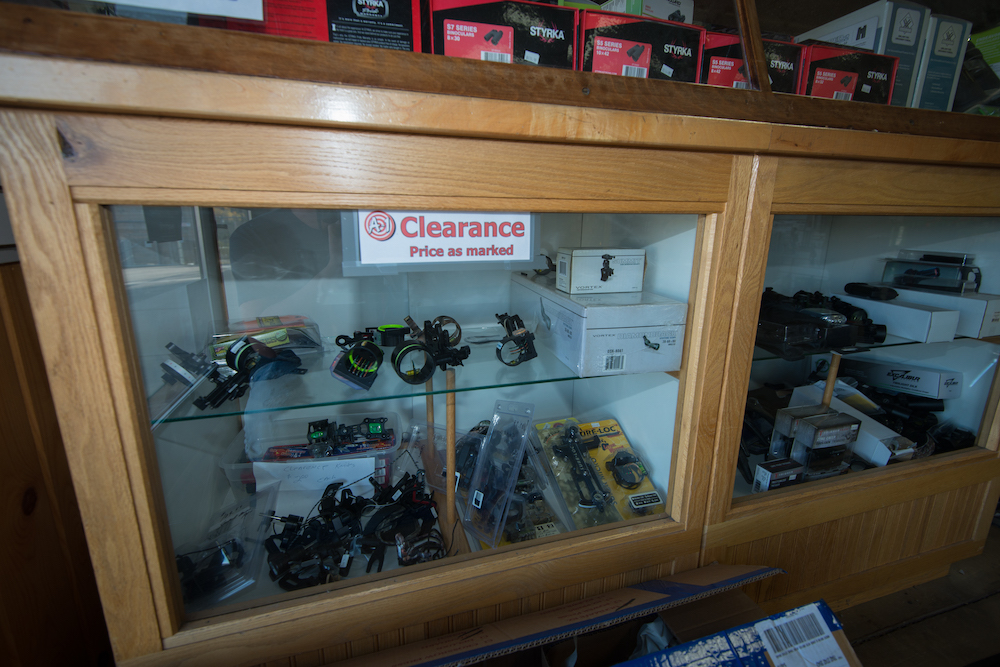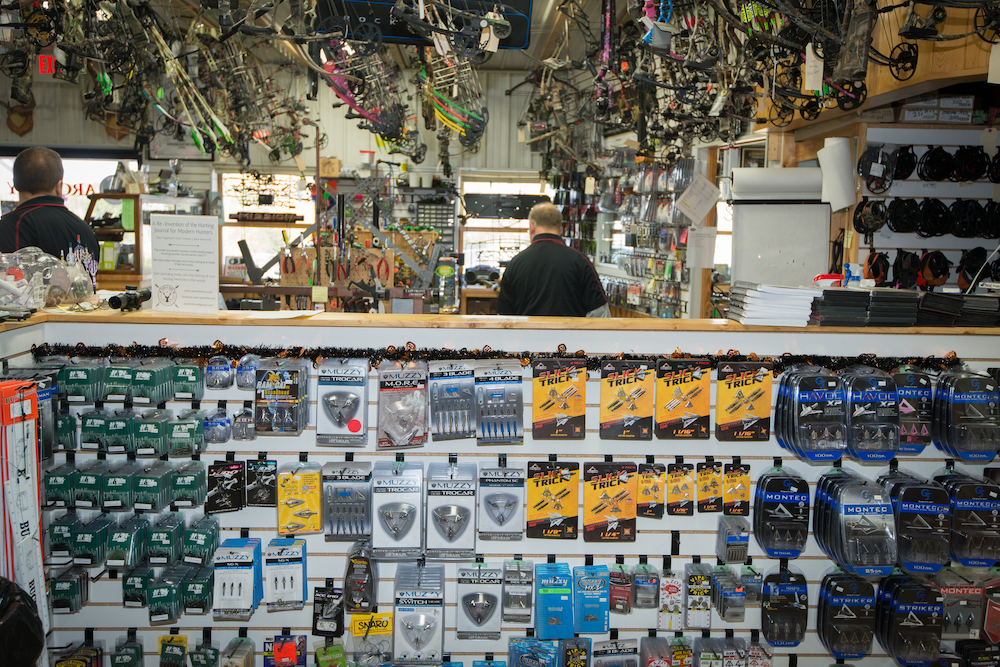BusinessRetail
When Should I Put Merchandise on Sale?
If your product falls into one of these four categories, it’s probably best to drop the price.
Photo Credit: ATA
Discounts drive sales, but they can also drive you out of business if you’re not smart about how you handle them. You must strategically analyze your merchandise to determine if and when to discount it. According to ATA’s Kurt Smith, when you put items on sale is often dictated by why you’re putting them on sale.
Smith, ATA’s director of industry relations, works regularly with retailers and frequently talks to industry experts. As a result of his interactions, he believes retailers discount their merchandise for one of four reasons.
Many archery activities can be enjoyed year-round, but not all inventory has a year-round shelf life. Take urine-based deer scents, mineral supplements and food plot seed, for example. Customers use them at specific times of the year, and some of those items have expiration dates. Customers don’t want product with last year’s date stamped on the package. Therefore, it’s best to sell them off after the peak season so you don’t have cash tied up until next year’s selling season.
Take advantage of the specific selling season and run a sale before the product expires. If the practical use of deer scents ends in mid-November for your area, put them on discount during the first week or two of November. Know that you won’t make much money on these products, but it keeps you from sitting on them for another 365 days. Watch your sales reports so you know how much seasonal product to buy next year without having to discount a bunch of excess.

Consider a sale when a product is outdated. Photo Credit: ATA
Obsolete products are similar to seasonal products because you want to sell them before they’re undesirable, but you also run the risk of never selling them at all if you wait too long before running a discount. Smith said obsolescence is imminent with most products in your shop, especially compound bows. You don’t want to have a large stash of an old product when a new version is coming out because your old stock will be old news once the replacement product arrives. Having more than a few months of inventory on hand for a particular product increases its risk of becoming obsolete.
To combat being stuck with outdated inventory, put the product on sale before its shinier version comes out. A sale will move it quickly, which also helps you make room for the 2.0 version. Several companies launch new products at the ATA Trade Show, but many manufacturers debut items throughout the year. Know your sales numbers, and if a product has a predictable cycle of getting replaced, try to anticipate how many you expect to sell and when. Also, work with your sales reps to determine the best time to discount their products.

Place seasonally appropriate, high-demand items on sale as well. Photo Credit: ATA
If you give customers what they want when they want it, and incentivize that desire with a discount, you might be surprised by your decision’s ripple effect. For example, bowhunters need big-game broadheads at the start of hunting season and they’re likely looking for a deal to save themselves some money. If you opt to sell broadheads at a sweet price, they’ll plan to buy from you. The sale gets them in the door, which opens their eyes to other products they “need.” You can use their in-store presence as an opportunity to build relationships and cross-sell other products and services at full price.
When discounting products that drive foot traffic and additional purchases, find popular SKUs you bought at a good rate and can afford to discount, or products you’ll break even on — or close to. Such a product is often referred to as a “loss leader” because you actually plan to take a small hit on the item, knowing it will increase sales in other areas.
Inventory can get stale for a few reasons. You might have over-ordered the product, it might have low customer interest or both. Old inventory is often called “distressed inventory” or “expired stock.” Grocery stores have to worry about this more than archery retailers, but it’s still applicable to products that have had a birthday at your store, at the very least. If a product isn’t selling, but it’s not seasonal or on the verge of being obsolete, it’s probably unappealing.
If a product hits the six-month mark or eventually the one-year mark, it’s already losing you money and will continue to do so until you unload it. If you’re honest with yourself during an inventory evaluation, you’ll likely notice where you made a bad buy. That honesty and realization will help you decide when to do the next best thing, which is to discount the product to sell. In this situation, think about how much cash and floor space you can free up by getting rid of it. Unfortunately, the price you paid for the product is almost irrelevant. Instead, determine a price point that entices a customer to buy the item even if they weren’t looking for it.
To maintain the highest profit margins possible, discount products before it’s too late. Consider the situations above to help determine the best time to mark things down. ATA’s “Inventory Tactics to Maximize Profits” course in the MyATA Learning Center provides helpful information to make smart inventory decisions that boost profitability. If you have questions about inventory management, please contact Kurt Smith at kurtsmith@archerytrade.org or (507) 233-8138.

WE ARE HERE TO HELP THE INDUSTRY, TO HELP INDIVIDUAL BUSINESSES GET THE MOST OUT OF THE INDUSTRY, AND TO HELP YOU.